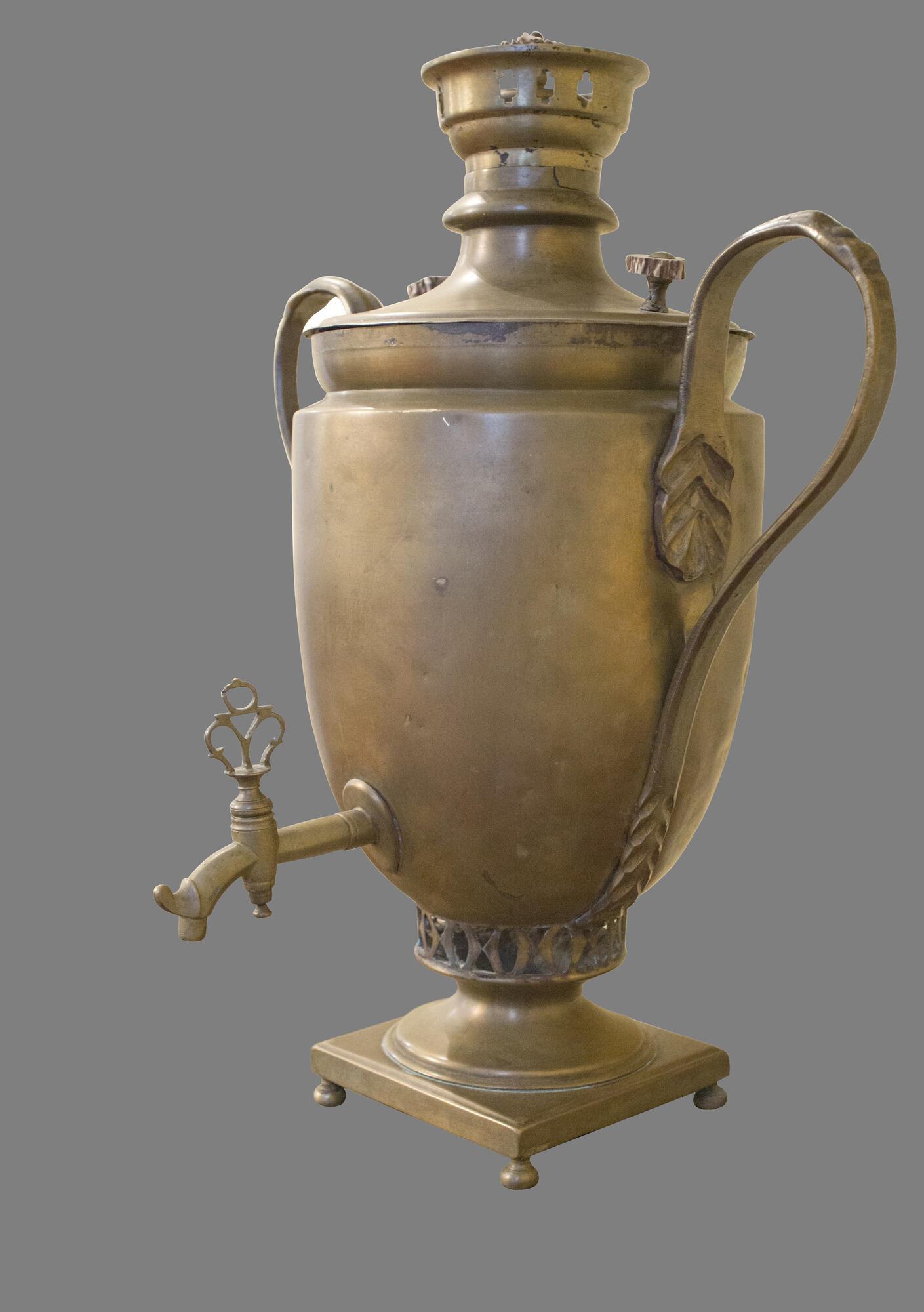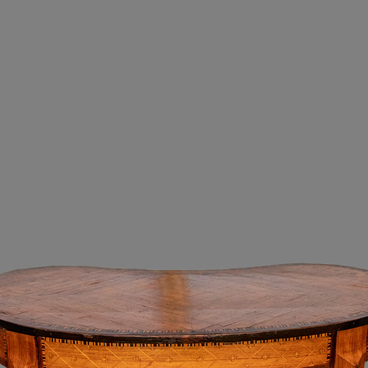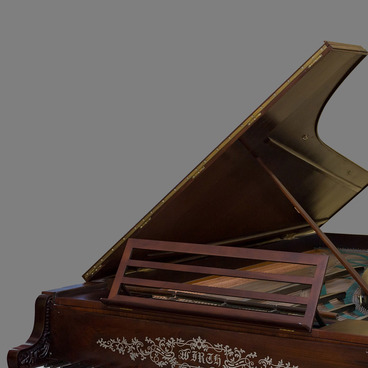In Russian peasant izbas (traditional Slavic countryside dwellings), noble houses and even salons, the samovar was called ‘the tsar of dishes’, and in Western Europe — the ‘Russian tea machine’. Throughout the history of the samovar, its appearance has repeatedly changed depending on fashion trends.
Until the middle of the 19th century, tea drinking was a popular pastime mainly for the nobles, as for the majority of the population tea remained an expensive and little-known drink. Therefore, samovars were made in unusual shapes: in the form of a snifter, vase, acorn, egg, ball. Various samovars could hold from one glass to 20 liters of water.
The design of the samovar is rather complicated. One of the most important parts is a pipe — a ‘jug’ or a ‘chimney’. Below the jug are slots — special openings which are necessary to maintain the combustion process. At the top, the samovar-urn is equipped with a rim on which the cap rests. On it there are two ‘bolt knobs’ and steam vents (small round openings which are used to release steam). The water is poured through a faucet spout (a tap) with a key. The most important decorative elements of a samovar are the legs. Back in the day, they were sometimes made in the form of lion paws and bird feet.
Drinking tea ‘in the Russian way’ meant drinking tea with sweets. The Tchaikovsky family loved herbal tea with honey, lemon and a ‘royal berry’ jam. It was made from gooseberries: each berry was cut and a piece of walnut was placed inside it, afterwards all ingredients were boiled with sugar.
The Pyotr Tchaikovsky Estate Museum houses a small collection of samovars, which includes 39 items — samovars of the 19th and 20th centuries of various shape and designs. The samovar displayed in the exhibition is made in the ‘Empire’ style, which is also called the style of late classicism. Its body is made in the form of an ‘amphora’ with a narrow neck. The square base stands on four legs. The places where the decorated loop-like handles are attached to the body feature a ‘palmette’ motif — a pattern with fan-shaped leaves of a palm tree. The samovar faucet has a round flat rosette at the base. The key is made in the form of an openwork lattice. The lid with the steam vent is smooth, and the crown and slots feature decorative slits. The samovar was purchased for the exhibition of Tchaikovsky’s childhood home in 2015.
Until the middle of the 19th century, tea drinking was a popular pastime mainly for the nobles, as for the majority of the population tea remained an expensive and little-known drink. Therefore, samovars were made in unusual shapes: in the form of a snifter, vase, acorn, egg, ball. Various samovars could hold from one glass to 20 liters of water.
The design of the samovar is rather complicated. One of the most important parts is a pipe — a ‘jug’ or a ‘chimney’. Below the jug are slots — special openings which are necessary to maintain the combustion process. At the top, the samovar-urn is equipped with a rim on which the cap rests. On it there are two ‘bolt knobs’ and steam vents (small round openings which are used to release steam). The water is poured through a faucet spout (a tap) with a key. The most important decorative elements of a samovar are the legs. Back in the day, they were sometimes made in the form of lion paws and bird feet.
Drinking tea ‘in the Russian way’ meant drinking tea with sweets. The Tchaikovsky family loved herbal tea with honey, lemon and a ‘royal berry’ jam. It was made from gooseberries: each berry was cut and a piece of walnut was placed inside it, afterwards all ingredients were boiled with sugar.
The Pyotr Tchaikovsky Estate Museum houses a small collection of samovars, which includes 39 items — samovars of the 19th and 20th centuries of various shape and designs. The samovar displayed in the exhibition is made in the ‘Empire’ style, which is also called the style of late classicism. Its body is made in the form of an ‘amphora’ with a narrow neck. The square base stands on four legs. The places where the decorated loop-like handles are attached to the body feature a ‘palmette’ motif — a pattern with fan-shaped leaves of a palm tree. The samovar faucet has a round flat rosette at the base. The key is made in the form of an openwork lattice. The lid with the steam vent is smooth, and the crown and slots feature decorative slits. The samovar was purchased for the exhibition of Tchaikovsky’s childhood home in 2015.



